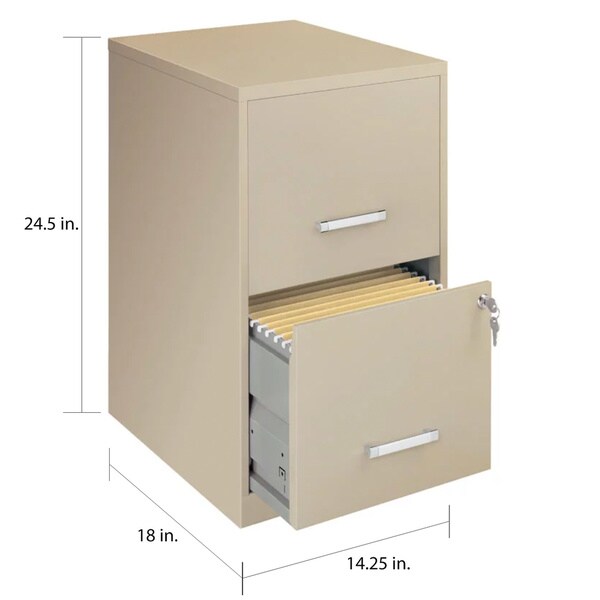
Correct pre-surface preparationīefore starting with the filling, the painted damaged edges to be repaired should be levelled, sanding the surface with a grit sandpaper between P80 – P120 and 5mm orbit, depending on the repair. As usual, the different compatibilities between the putty and the type of material to be treated will be stated in the data sheet. It should be noted that putties should never be applied over wash primers, or acid primers or phosphate primers, as they are incompatible with this type of product. It is essential that the bodywork putty used adheres well to the type of material to be applied, whether plastic or metal, and that it is compatible with the primer. Correct choice of putty according to the type of repair Let us now look at the steps that will allow optimising the putty application process, while increasing the profitability of the repair. It will also help increase the quality of subsequent processes, such as priming or finishing paints.

The process of applying the putty is called filling process.Ĭhoosing the right putty and investing the time required for a correct application will allow optimising of the sanding process, which is one of the most time-consuming steps in bodyshop repairs.

Putties are a type of paint that are made up of 2 components (putty and hardener) which are used to fill, even and level a surface that will subsequently be painted. Always comply with the putty’s drying times Tips to optimise the application of the putty


 0 kommentar(er)
0 kommentar(er)
